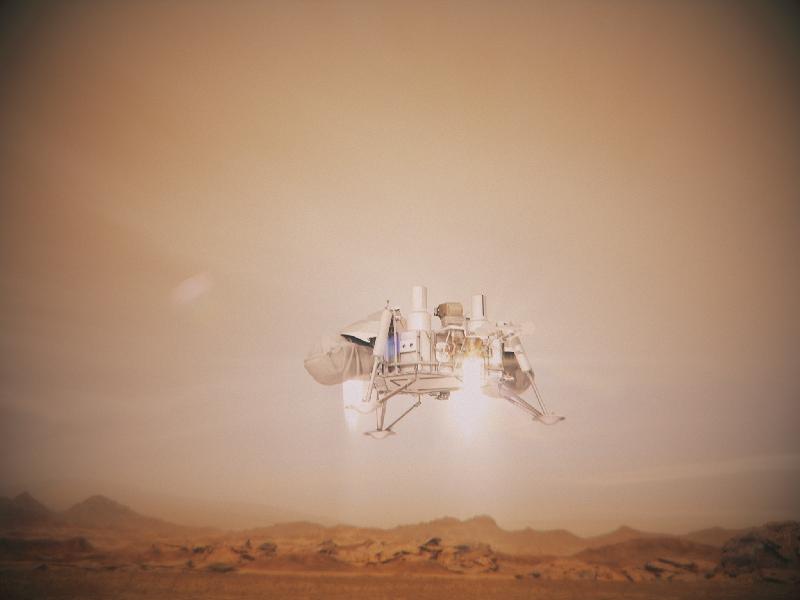Space Museum launches new 3D dome show "Touch the Stars 3D" (with photos)
*************************************************************************
For thousands of years the stars in the sky have been beyond reach, though recent human space probes have got closer to these celestial objects and unveiled some of their secrets. The show will enable the audience to feel as if they are following the paths of space probes to see amazing sights like the violent cyclones of Jupiter's north pole, the great heart-shaped ice sheet on Pluto, the tallest cliff in the solar system on Uranus' moon Miranda, and the most volcanically active body in the solar system, Jupiter's moon Io. The audience will also witness some of the discoveries made by deep-space probes such as Mariner, Viking and Voyager.
The 38-minute show will be screened twice daily at 2.40pm and 6.10pm until December 30 at the museum's Stanley Ho Space Theatre. An additional show at 11.10am will be available on Sundays and public holidays.
Tickets priced at $24 (front stalls) and $32 (stalls) are available at the Hong Kong Space Museum Box Office and URBTIX (www.urbtix.hk). The museum is closed on Tuesdays (except public holidays).
For further information, please call 2721 0226 or visit the website at hk.space.museum.
Ends/Sunday, June 30, 2019
Issued at HKT 15:00
Issued at HKT 15:00
NNNN







